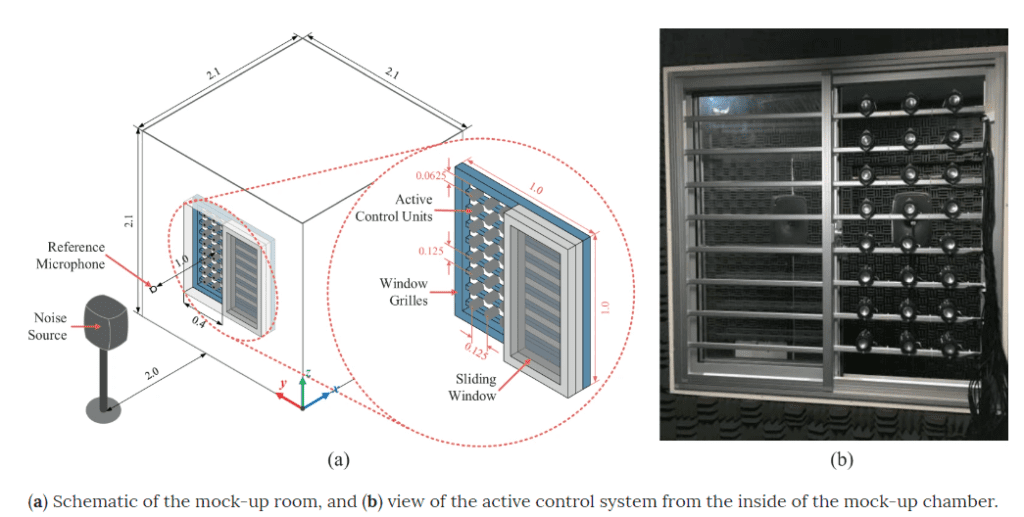If you, like me, live on a busy street in a big city, you might have a hard choice to make during summer: open the windows to let some air in, or leave them closed so you can hear yourself thinking.

Not an easy choice to make on a hot day. But new research from the Nanyang Technological University in Singapore might save us both from broiling inside just to get some peace and quiet. The team devised a device that can reduce the noise coming through an open window by up to 10 decibels.
Put the windows on silent mode
This “active noise control” (ANC) system relies on a constellation of 24 small loudspeakers fixed to the security grilles of a typical Singaporean window in a grid pattern. While such grilles are a common feature across South-East Asia, they’re not essential to the system’s functionality.

In order to test their approach, the team installed the system in a replica room and played road traffic, train, and aircraft noise from a loudspeaker 2 meters away from the window at frequencies of 200 to 1000 hertz.
The speakers were used to actively dampen this sound in a process similar to that used by noise-canceling headphones.
It was most efficient at canceling noises in between 300 and 1000 hertz, where it reduced their loudness by up to half. Motorcycles and heavy trucks tend to generate sounds at the lower end of that interval, the team explains, so the system is less efficient at dampening their noise.
“A speaker needs to move a huge volume of air for low-frequency sounds,” says Bhan Lam from the Nanyang Technological University in Singapore, lead author of the study.
The loudspeakers’ exact layout around windows might need some tweaking on a city-by-city basis. Larger ones can be installed to help with lower frequencies, but that would make the system much more bulky and obtrusive — which could defeat the purpose of having said windows in the first place.

Image credits Bahn Lam et al., (2020), Scientific Reports.
So, for now, the smaller loudspeakers will have to do. The team plans to test their prototype in real-world settings next, to determine what still needs tweaking.
The paper “Active control of broadband sound through the open aperture of a full-sized domestic window” has been published in the journal Scientific Reports.


